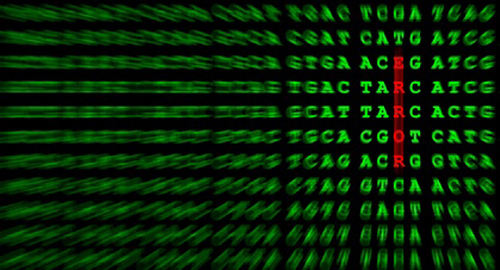

Line 88: What does the ‘impact factor’ represent? I found that the authors intended to investigate the controlling factors of nitrate formation rather than its impacts in section 3.4. And then, it would be reasonable for the authors to used gamma_p for the following calculation fo pNO3. Please explain the reason for the significant difference between gamma_s and gamma_p. I suggest to perform some uncertainty tests or at least choose different coefficient for clean days and polluted days, respectively, as the aerosol composition and water content were not supposed to be the same Using a constant coefficient for the whole campaign seems to be less convincing, although 0.035 was a reasonable value in this area. I recommend publication of this paper in Atmospheric Chemistry and Physics and I have following comments for the authors to consider.Īs is indicated by the authors in section 3.3, the N2O5 uptake coefficient could vary within a large range. Overall, this work is well organized, while some clarifications are still needed. The results improve the knowledge on occurrence of summertime nitrate pollution in China. The relative importance of daytime and nighttime pNO3- chemical formation pathways was determined, and the response of O3 and pNO3- to precursors reduction was calculated by a box model. It provides valuable data sets, including measurements of in-situ OH, N2O5 and other relevant parameters, for analyzing summertime nitrate formation, which still needs more elaborated research. This study investigates the characteristics of particulate nitrate formation and its precursors based on a field campaign in the eastern China. Our results promote the understanding of nitrate pollution mechanisms and mitigation based on field observation and model simulation, and call for more attentions to nitrate pollutions in summertime. An updated observed-constrain Empirical Kinetic Modeling Approach (EKMA) was used to assess the kinetic controlling factors of both local O 3 and NO 3- productions, which indicated that O 3-targeting scheme (VOCs: NOx = 2:1) is effective to mitigate the O 3 and nitrate pollution coordinately during summertime in this region.

It is found that OH + NO 2 at daytime dominates nitrate formation on clean days while N 2O 5 hydrolysis largely enhanced and become comparable with that of OH + O 2 during polluted days (47.1 % and 52.9 %). High nitrate oxidation ratio (NOR) during this study emphasizes the fast nitrate formation capacity in YRD. This result confirmed the heavy nitrate pollution in eastern China not only happened in winter but also summer time.

We showed a high NO 3- mass concentration with 10.6 ± 8.9 μg m -3 on average, which accounted for 38.3 % of water-soluble components and 32.0 % total PM 2.5, and followed by the proportion of sulfate, ammonium and chloride by 26.0 %, 18.0 % and 2.0 %, respectively. The concentration of NO 3-, OH radical, N 2O 5, NO 2, O 3 and relevant parameters were measured simultaneously. Here a comprehensive field campaign which focus on the atmospheric oxidation capacity and aerosol formation, and their effects in Yangtze River Delta (YRD) had been conducted from May to June, 2019 at a regional site in Changzhou, Jiangsu province in China. Particulate nitrate (NO 3-) is the one of the dominant components of fine particles in China, especially during pollution episodes, and has a significant impact on human health, air quality and climate.


 0 kommentar(er)
0 kommentar(er)
